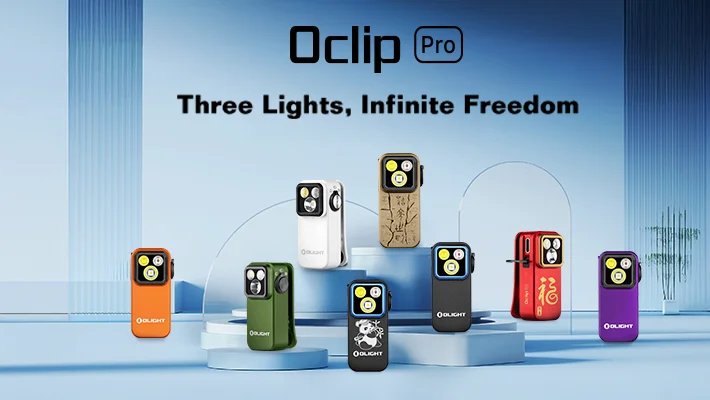The colour an object appears to be has as much to do with the light shining on it as it does with the light the object itself chooses to reflect.
The Colour Rendering Index of light refers to the quality of the light it emits, i.e. the quality of the light that shines on the surface of the object.
For example: the higher the CRI of a torch, the more people's eyes can see the colour of the object itself. People may therefore prefer a torch with a high CRI.
The colour principle of colour television is also inextricably linked to CRI, but of course it is also linked to other colour rendering indicators: the Television Lighting Consistency Index (TLCI).
Take the history of television as an example: at the beginning, the picture we see on television was grey and white, then came the colour television. The world's first colour television was born in Britain. However, it was not until 1967 that large scale trial broadcasts of colour television became available in the UK, France, Germany in Western Europe and the Soviet Union in Eastern Europe, until full colour was broadcast in 1975-76.
From Wikipedia
The picture in colour television was in colour, showing the colours of objects in nature itself and giving a sense of visual reality, and later black and white television was replaced by colour television.
Therefore, the most correct explanation of CRI is that:
A colour rendering index (CRI) is a quantitative measure of the ability of a light source to reveal the colours of various objects faithfully in comparison with a natural or standard light source.
It is defined by the International Commission on Illumination (CIE) as follows:
Colour rendering: Effect of an illuminant on the colour appearance of objects by conscious or subconscious comparison with their colour appearance under a reference or standard illuminant.
From Wikipedia
How do you quantify this "colour reproduction" ability of a light source?
First, predefine a set of 15 Test Colour Samples (TCS) and then ensure that the light source displays each colour accurately.

The colour rendering score of each TCS is expressed in Ri.
Once the colour rendering value R has been calculated for each TCS, the colour rendering index can be derived. The General CRI is the average of the colour rendering values of the first eight TCSs (from R1 to R8) and can be expressed as Ra (Rendition average).
There is also an Extended CRI, which is the average of the first fourteen TCS (from R1 to R14) and can be expressed as Re.
Usually Ra is used in the USA and is more widely used, while Re is sometimes used in China and Europe.
The CIE sets the colour rendering index of sunlight at 100 Ra.
Incandescent lamps emit light through thermal radiation, producing a continuous spectrum from 90 Ra to 100 Ra.
Fluorescent lamps, which use the gas discharge to emit light, have a selective light-emitting spectrum with a wide variation in colour rendering, generally in the range of 50 Ra to 90+ Ra.
LED light is more diverse, with high and low colour rendering, generally in the range of 60 Ra to 90+ Ra.
For general-purpose lighting, achieving 80 Ra to 90 Ra is sufficient.
i5R HCRI EDC Torch Blue is Olight's highest CRI product, Click here to view it!

By this point, the CRI in lighting has been explained.
You can also click here to learn about CCT.
If you come across those terms, symbols marks, diagrams and so on in the future, there is nothing to fear.
Anything else you would like to know, feel free to leave a comment below this article.


















